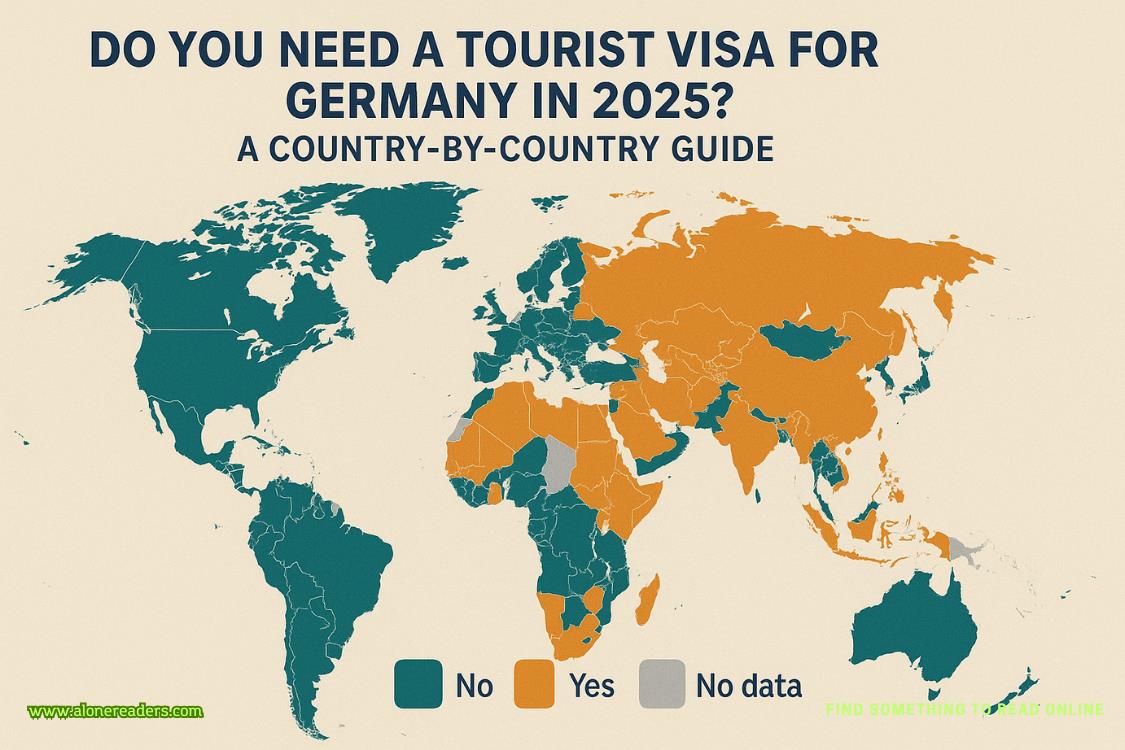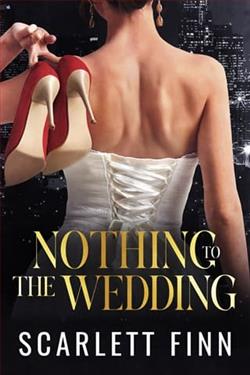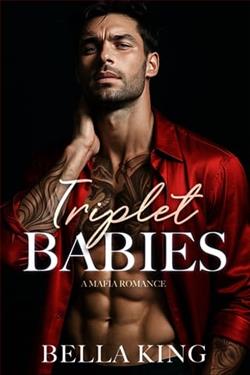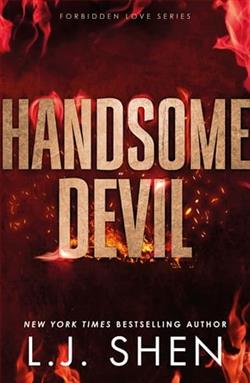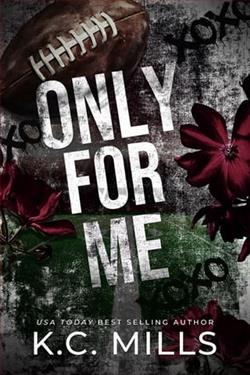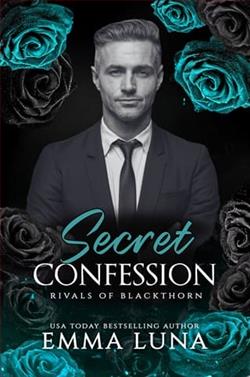Page 90 of Jackie
“You should,” Bobby says, uneasy.
It’s there, in the last paragraph of that open letter addressed to Jack, that Mailer has floated a suggestion, as insurance against nuclear war: Why not send us a hostage? Why not let us have Jacqueline Kennedy?
I put the paper down.
“Will he ever stop?”
Jack laughs. “Not until he has you. That man’s obsessed with my wife.”
Earlier that year, in another piece, Mailer trashed my tour of the White House, describing me as manufactured, a royal phony. These phrases circle in me now.
“I’m sorry he drags you into it,” Bobby says. “It’s Jack he’s really after.”
It is and it isn’t, I could say. If it was only Jack, Mailer’s insights might be savage, but he wouldn’t target me.
“I don’t think he’s going to let either of us out of this life alive,” Jack says. His eyes dance. It amuses him, Mailer’s wit, the artful power of his mind, even when it’s harnessed to take him apart.
…
Elaine de Kooning is slight. An almost pixie look, a quick smile. She wears a dark jumper, a white blouse underneath. I watch her eyes move when she doesn’t think anyone’s looking, taking in sofas, vases, art, the play of light along the sills. She’s been hired to paint a portrait of Jack. She arrives in Palm Beach just before the New Year. An abstract expressionist, she’s not as well-known as her artist husband, Willem de Kooning. They’re friends with Krasner and Pollock. I had asked Bill Walton about her.
“She’s the fastest brush in the East,” Bill said.
“Yes, someone told Jack that. I think he agreed for that reason. He can shuffle around, and the thing will still get done.”
“Her portraits are interesting,” Walton said. “Those seated men she makes out of bright jagged edges.”
I read a feature on her in ARTnews, where she described how she wanted paint to sweep through like feelings. I remember those words as I watch her set up her easel. We’ve been told she doesn’t like to hang around. She’ll stay overnight, make a few sketches, then return to her studio and build a portrait out of those. At one point that first afternoon, she mentions to me, in an offhand way, that she’s more interested in character than style.
“Style can be a prison,” she says, then glances at me, apologetic. I smile.
“We all know something about that.”
She laughs. She’s more at ease with me then, but she maintains a remove. She keeps our world at arm’s length. I like that about her.
She stays for four days. I set up a small easel for Caroline next to hers with a little box of paint. I watch Elaine de Kooning watch my husband. I watch her fall a little in love with him. One afternoon, she remarks how different Jack seems from the photographs she’d seen in the papers and when she’s seen him on TV. She noticed that difference, she says, the first day she came.
“Different how?” I ask.
“He never stops moving. And there’s something elusive about him, always changing, like a shimmer. Larger than life.” Her eyes are grayish blue, soft and cool.
“How will you capture that?”
“I don’t know yet.”
She makes dozens of charcoals over those four days. Drawings, watercolors, a few rough sketches in oil. Then she packs her things. I see her on the afternoon she is to leave. Down on the beach, kneeling in the wet sand, sculpting a shape. Later, when she comes up to the house, I walk down. It’s Jack’s face she’s made in the sand. I stand over it. I can see how her fingertips smoothed the bones of his jaw and cheeks, his forehead, and the ridge over his eyes. There’s a weirdly finished quality to the face, the likeness eerie, almost alive, even as the tide begins to work down the edge.
1963
January. The elevators at the National Gallery break down the night of the opening of the Mona Lisa. Clint carries the train of my dress as I walk up the stairs. I laugh when we reach the second floor.
“I was afraid I’d trip, Mr. Hill, and we’d both roll right down the stairs, me in my chiffon like pink tumbleweed.”
I go to find André Malraux. The painting has been mounted in the West Sculpture Hall, against a velvet backdrop. The French and American flags flank it, along with two Marines. Malraux will speak first, then Jack. I read Jack’s speech as he was crafting it. It captures what I want to convey: the discipline of creative work; how art can exist at the heart of power; how it can transcend political and national differences and forge a common ground; how Da Vinci was not only an artist but a military engineer, who understood that the world of events and the world of imagination are one.
“La Joconde can be your symbol of the Cold War,” I told Jack. “Like your moon landing. A symbol of the work you’ve done to safeguard freedom. So many people will have the chance to see this painting while it’s here. That’s what art is meant to be.”
That night, the loudspeaker fails in the middle of Jack’s speech. The microphone gives out, and he has to shout to still the crowd. He shifts gears to what he does so well. He tells a few jokes and repeats key words of Malraux’s, about hope, the friendship between our nations, and a shared commitment to diplomacy and art. Malraux had described America as a young country entrusted with the future, but he was too soft-spoken to be heard over the cocktail chatter of two thousand guests. Maybe a thousand too many, I think. But I am happy. Despite the mechanical failures. No elevator, no loudspeaker, speeches that run off script, and too much chaos. It won’t matter. The speeches will be printed as they were written. There will be photographs in the papers, with the chaos excised. To the world, the evening will appear far more elegant than it was. For me, the life is here—in the night itself, with all its mad flaws. There’s magic in that, imperfect, glorious, free.
